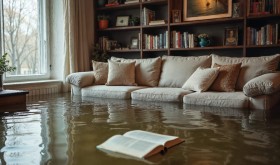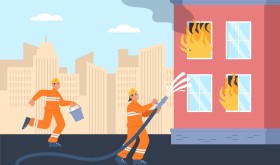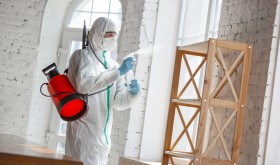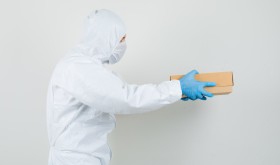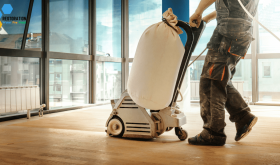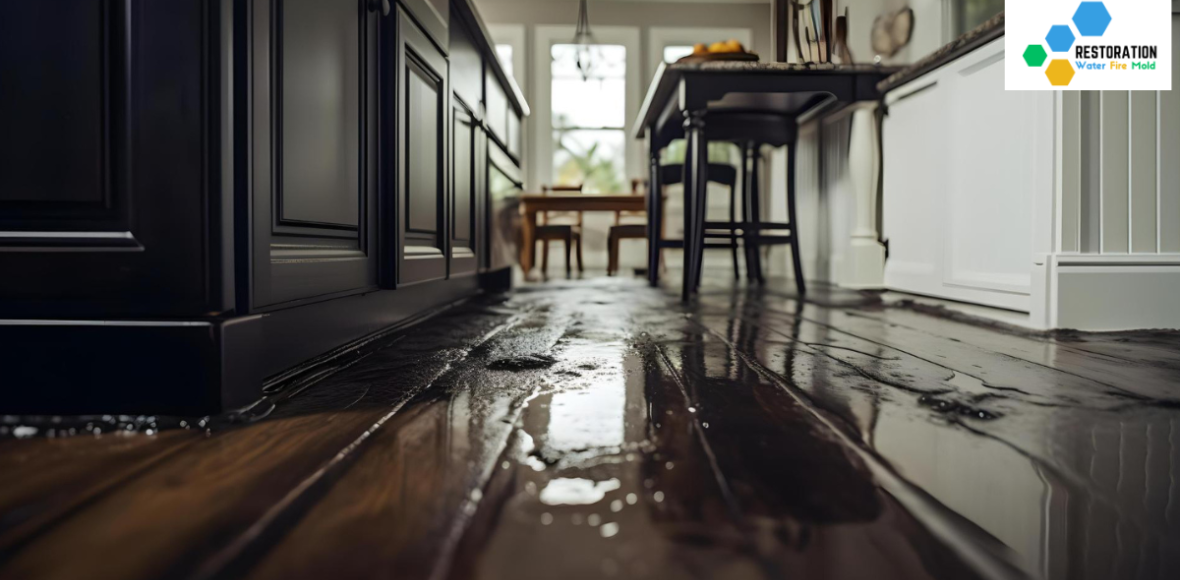
Water damage can be a homeowner’s worst nightmare. Whether caused by a burst pipe, flooding, or a leaky roof, the aftermath can be overwhelming. Knowing how to respond quickly and effectively can make a significant difference in minimizing damage and saving your belongings. If you need water damage restoration, contact Water Fire Mold Restoration.
If you come across a water damage problem in your house, be it from a water leakage or any other problem, below mentioned guide on what to do will help you save your property from further damage.
8 Steps To Take After Water Damage in Your Property
1. Safety First
During water damage, especially at home, the safety of all the members present in the house is sometimes at risk. Before anything else, make sure that everyone is staying away from the water damage area. Switch off the electricity around the damaged area to prevent electrical hazards.
If the water level is high, avoid entering the area until professionals deem it safe.
2. Stop the Water Source
Find and stop the water source, if at all possible. This might mean turning off the main water valve for plumbing issues or covering a leaky roof with a tarp for storm damage.
3. Document the Damage
Document all impacted areas and objects with pictures and videos. Documenting such evidence is essential for insurance claims and will help you keep track of what needs repair or replacement.
4. Contact Your Insurance Company
Upon water damage, notify your insurance provider as soon as possible. They can guide you through the claims process and may recommend professional water damage restoration services.
5. Remove Standing Water
Use pumps, wet vacuums, or even buckets to remove as much standing water as possible. Make sure the earlier you remove the water from the area the less the chance that it will damage the area.
6. Dry Out the Area
Open windows and doors to improve air circulation. However, it is strictly recommended not to use any electrical items around the area; you can use manual fans and other non-electrical methods, such as battery dryers.
Move wooden furniture and other such items away from the wet areas to a dry place.
7. Salvage and Sort Belongings
Remove wet items from the affected area. Sort them into categories:
- Items to be cleaned and dried
- Items needing professional restoration
- Items that are beyond repair
8. Clean and Disinfect
Once the area is dry, clean and disinfect all surfaces to prevent mold growth. Use a mixture of water and bleach or specialized cleaning products designed for water damage.
9. Check for Mold
Inspect your property for signs of mold growth, which can start within 24-48 hours of water exposure. If you spot mold, consider professional mold remediation services.
10. Begin Repairs
Start with essential repairs to make your home livable. This might include fixing damaged walls, floors, or electrical systems. Consider hiring professionals for major repairs.
11. Prevent Future Damage
Take steps to prevent future water damage:
- Install a water detection system
- Regularly inspect and maintain plumbing
- Clean gutters and downspouts
Tips for Dealing with Water Damage:
- Act quickly – the faster you respond, the less damage you’ll have.
- Don’t use household vacuums to remove water. They’re not designed for this and can be dangerous.
- Keep the ceiling fixtures off if the ceiling is wet.
- Avoid entering rooms with sagging ceilings.
- Don’t leave wet fabrics in place. Hang furs and leather goods to dry separately at room temperature.
- Remove books, magazines, or other colored items from wet carpets or floors.
- Be cautious of slip and fall hazards on wet floors.
- If the water damage is extensive, consider staying elsewhere until your home is fully repaired and safe.
Professional Help
While you can handle some aspects of water damage cleanup, don’t hesitate to call in professionals for:
- Large-scale water removal
- Structural drying
- Mold Remediation
- Major repairs
Dealing with water damage is stressful and, of course, a time-consuming task. Therefore, quick action and proper steps can significantly reduce the long-term impact on your property.
Never forget that your safety comes first, so it is always advisable to call for expert assistance when you need it.

